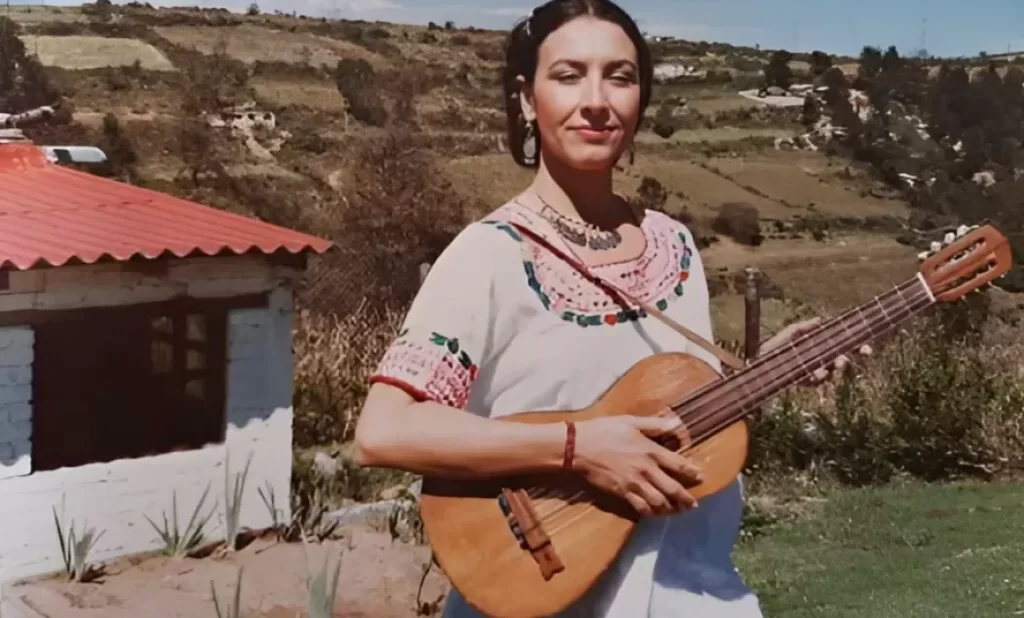
A monster’s vocality and capacity for communication have been complicated themes since the earliest adaptations of the novel. The evolution of the monster’s speech, along with the dynamics of its silence, reveals how essential vocality is to forming a sympathetic portrayal of the character. Each new version highlights this relationship, demonstrating that even in adaptations where the monster’s voice is largely absent, vocality remains crucial to shaping audience empathy.
This dynamic mirrors what performance theorist Marvin Carlson describes as “ghosting”, a phenomenon where theater productions are infused with multiple layers of history. This creates interpretations linked to the audience’s memories of the written text, the performers, props, and even the performance space. In the case of Mary Shelley’s Frankenstein, these layers are even more complex and elusive, reflecting its extensive and varied influence over the two centuries since the novel’s publication.

Within this context, the monster is frequently depicted as dim-witted and inarticulate, if not entirely silent. Restoring the creature’s voice–along with the eloquence and insight it can convey–highlights an often-overlooked aspect of Shelley’s novel, particularly in relation to the pop culture narrative surrounding the “Frankenstein complex”, which influences how we interpret all Frankenstein texts, from film adaptations to staged dramas and the original novel. In this sense, the silencing of the monster significantly affects our capacity to empathize with them and shapes our understanding of their connection to our own humanity.
This according to “Listening to the monster: Eliding and restoring the creature’s voice in adaptations of Frankenstein” by Jude Wright (Journal of adaptation in film & performance 8/3 [2015] 249–266; RILM Abstracts of Music Literature, 2015-90335).
The scene below from the 1931 film Frankenstein (directed by James Whale), illustrates how vocality can shape character empathy.














